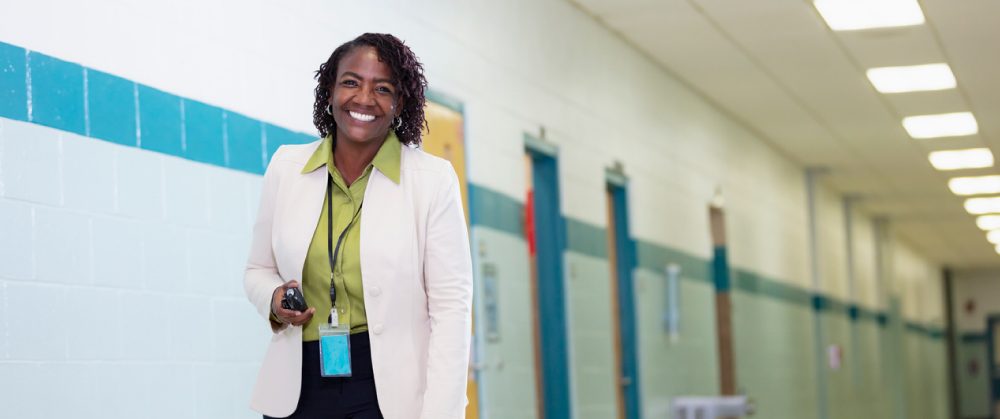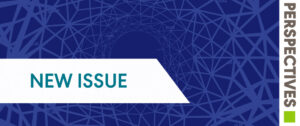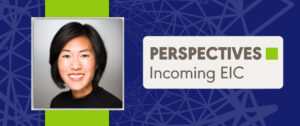New research published in ASHA’s journals can help school-based practitioners better serve the students they see every day. This time of the year typically marks new beginnings for audiologists and speech-language pathologists (SLPs) in the schools, so this is the perfect time to catch up on research to inform your new sessions. Check out the latest new and trending school-based articles across ASHA’s journals below!
Collaborating With Teachers
Interprofessional Practice Between Speech-Language Pathologists and Classroom Teachers: A Mixed-Methods Systematic Review: Collaboration between school-based SLPs and classroom teachers is complex, with a number of facilitators and barriers to interprofessional practice (IPP). This systematic review shows the importance of a relationship-centered care approach to help support better student outcomes.
Overcoming the Research–Practice Gap: Key Considerations for Speech-Language Pathologists Related to Multitiered Systems of Support: Although research shows that the multitiered systems of support (MTSS) framework can deliver positive outcomes in public schools, many SLPs do not use this framework in their day-to-day practice. Learn how to take concrete and immediate steps to support students through the MTSS framework.
Additional Supports for the Students You Work With
Differentiating Language for Students Who Are Deaf or Hard of Hearing: A Practice-Informed Framework for Auditory and Visual Supports: Although SLPs are typically focused on spoken language, they can incorporate auditory and visual language supports in the clinic when working with children who are deaf and hard of hearing. By adding these supports, school-based practitioners can better collaborate with teachers of students who are deaf and hard of hearing.
Spanish-Speaking Mothers’ Experiences of School-Based Speech Therapy: As school-based SLPs work with bilingual students, they must also understand the perspectives and priorities of Spanish-speaking caregivers when providing intervention. The experiences of Spanish-speaking mothers can help SLPs ensure that bilingual students receive levels of support that are comparable to those of their monolingual peers.
Connecting the Dots: Interoception and Social–Emotional Communication: When working with children with social communication challenges, SLPs can teach interoception—or awareness of internal body signals—to help them communicate emotions. By incorporating interoception, SLPs may be able to improve social communication outcomes and increase independence and self-regulation in the students they see.
Contextualized, Multicomponent Language Instruction: From Theory to Randomized Controlled Trial: In this article, the authors discuss a supplementary narrative intervention program designed for children with language and literacy deficits. The article also examines how researchers can use this approach to develop additional language interventions.
More Resources Online
Thousands of ASHA members work in schools around the country, and ASHA Journals publishes articles every year to support them. You can start by checking out Language, Speech, and Hearing Services in Schools, which publishes the latest research for all of ASHA’s school-based practitioners quarterly.
The latest issue of Perspectives of the ASHA Special Interest Groups contains a forum on literacy in children with speech sound disorders. Perspectives is a benefit of affiliation with one of ASHA’s 20 Special Interest Groups and serves as a bridge between research and practice for ASHA members everywhere, including those in the schools.
By incorporating evidence-based practice from ASHA’s journals, you can increase collaboration and see better outcomes for your students. To all of ASHA’s school-based practitioners: We hope that you have a productive school year as you help your students communicate and succeed in the classroom!







